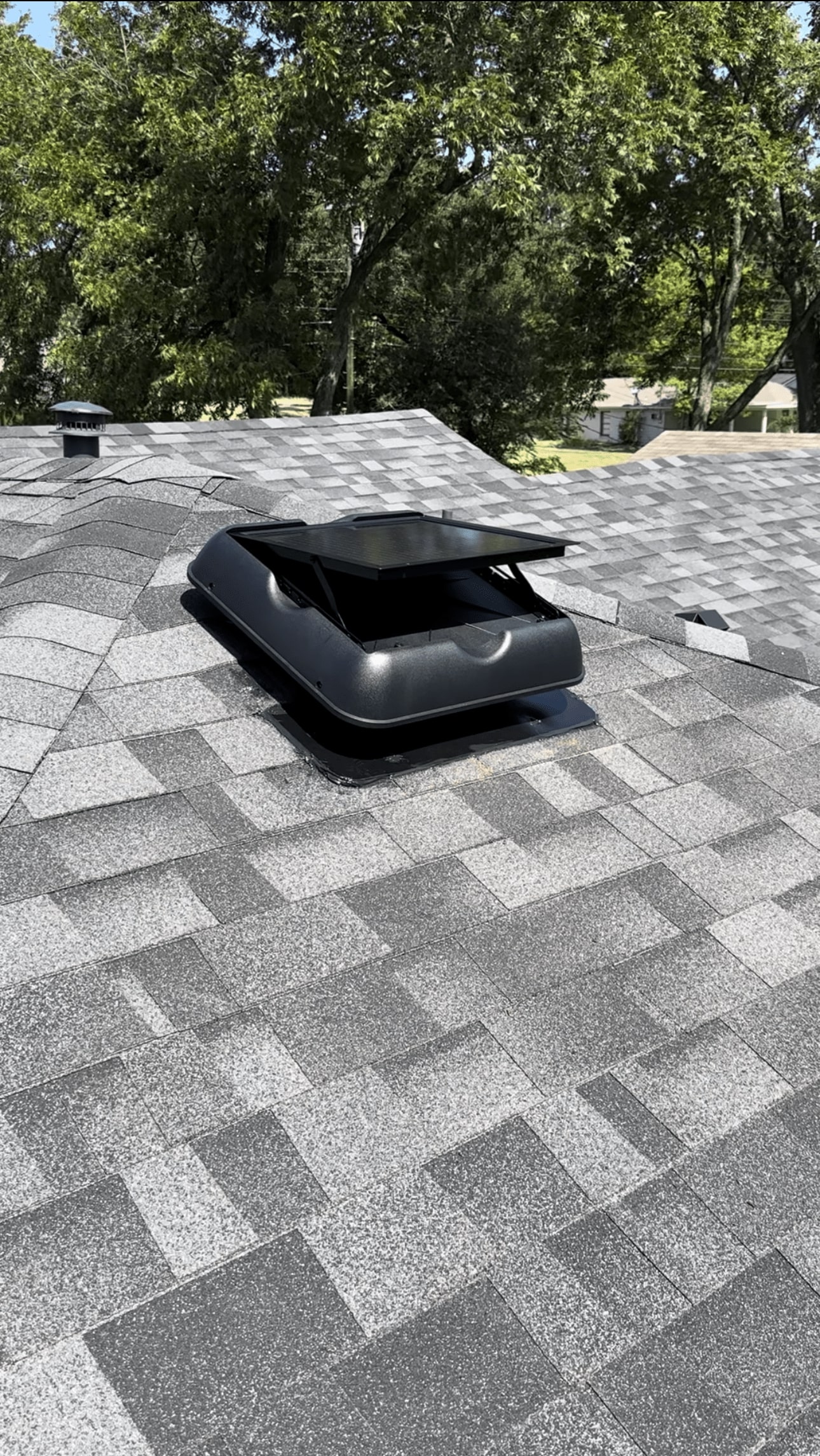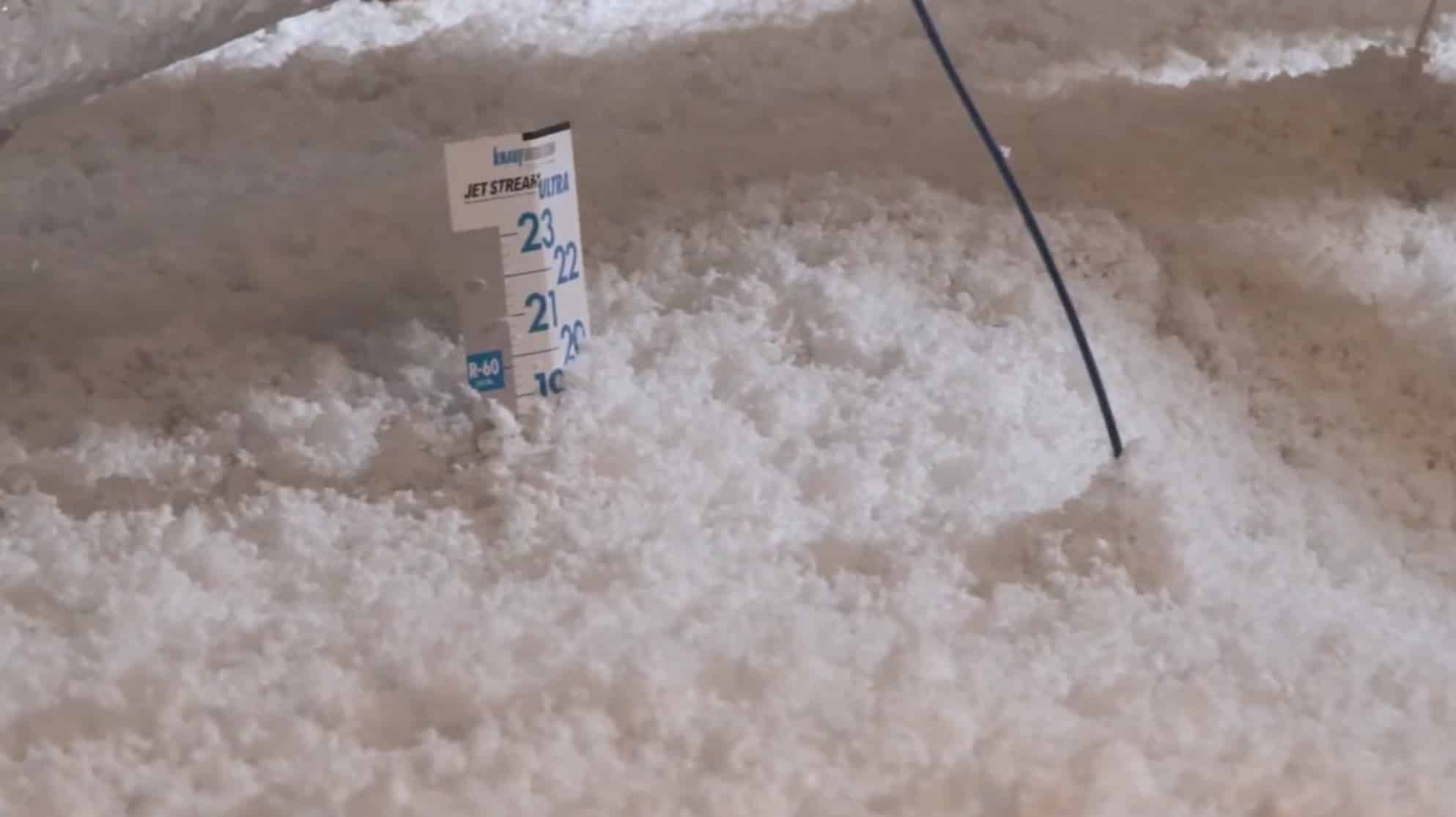Little Known Facts About Green Attics.
Top Guidelines Of Green Attics
Table of ContentsGreen Attics Fundamentals ExplainedThe Best Strategy To Use For Green AtticsA Biased View of Green AtticsThe smart Trick of Green Attics That Nobody is DiscussingGreen Attics Things To Know Before You Get ThisThe Definitive Guide to Green AtticsGreen Attics - Questions
Around the smokeshaft. Structure codes need that air areas in between smokeshafts and floor or ceiling settings up with which they pass be sealed with a non-combustible fire quit (see Figure 5-3 and Number 5-4). Along the edge of common wall surfaces. There is usually a space in between the celebration wall surface (such as the shared wall in between systems in duplexes, triplexes and row residences) and the side of the attic room floor.
A hefty polyethylene sheet which is caulked with acoustical sealer and stapled to the ceiling encloses the electrical box. An electrical wire leads away from the electric box and down with a hole into an interior wall. Openings around electrical cords are full of caulking or foam sealer, and caulking seals voids along the top of the indoor walls.
Attic air flow serves a number of functions. Spray foam insulation. It minimizes summer season warm accumulation, prolonging the life of roofing and decreases ac system tons. After air securing, attic ventilation is your second line of defence versus the water vapour that might have discovered its means into the attic room. It guarantees a cooler, well-vented attic area much less susceptible to the development of ice dams at the eaves.
Green Attics Fundamentals Explained
You might need to locate roofing or soffit vents from outdoors if they are not clearly visible from inside the attic room. Residences with peaked roofings and available attic rooms are the simplest to air vent by utilizing the proportion of 1 to 300. This proportion describes unobstructed vent location to the insulated ceiling location.

The location of vents is as essential as their number and type. Typically, a mixture of kinds and areas will certainly work best. The following Parts information the very best technique relying on your attic type. After you have examined the attic room and performed any kind of remedial work, focus first on air and wetness control.
The Green Attics Ideas
On the various other hand, spray foam supplies air securing and a first layer of top quality insulation that can be covered as much as the desired RSI (R) degree. If the attic retrofit is being finished together with interior remodellings, the easiest strategy is to mount a new, solitary air and vapour obstacle on the bottom of the ceiling joists.
Spray foam or inflexible board insulation can assist link the void in this area. Cut rigid board to fit in between the ceiling joists and to expand from the exterior wall leading plate towards the attic.
Remove existing insulation from the area you are working on and establish it to one side. Caulk all edges, voids and joints, see Numbers 5-10 and 5-13.
Spray foam service providers can mount closed-cell foam in between the joists to air seal and add insulation at the same time to the ceiling. All existing insulation and dirt need to be gotten rid of initially to enable for a good bond.
5 Simple Techniques For Green Attics
(https://experiment.com/users/greenatt1cs)
This gets rid of roofing system venting and produces what is called a hot roof covering, where the attic room ends up being part of the conditioned (heated and cooled down) home room. This process might appropriate for some attics, however do not continue without approval from your structure inspector, and after that only make use of a certified spray foam contractor that is familiar with the procedure.
If there are blockages above the joists, such as with a truss roof, it might be simplest to place batt insulation right into the joist areas and after that make use of loose-fill insulation to produce a total covering of insulation above the joists and around all blockages. Loose-fill insulation is likewise good by itself, especially in irregular or obstructed spaces.

Green Attics for Beginners
Usage baffles in between each rafter space to stop it from being blocked (see Number 5-11). Insulate over and below cross supporting, splitting or cutting the batt to fit the cross bracing as shown in Figure 5-12. Conversely, cut one batt into a collection of wedges and after that fit a wedge under each support.
The very first layer of batts ought to be thick adequate to totally load to the top of the joist space. The 2nd layer can after that run perpendicular throughout the joists to block any type of warmth flow with and around the joists (see Number 5-13). Radiant barriers. Make sure that there are no gaps between both layers of insulation
Beginning at one end of the attic and unroll the covering. Figure 5-11 Baffles can be utilized to preserve air movement via the soffit vents Text variation Exploded view of baffles in between attic roof joists with arrows suggesting air activity taking a trip from the outside, with an air vent in the ceiling overhang, and over the baffles.
Getting The Green Attics To Work
Number 5-13 The leading layer of insulation runs vertical down layer Text variation Image of layers of batts of insulation between and above attic room joists. Batts in addition to joists are perpendicular to batts between joists. A polyethylene sheet is laid under both layers of insulation and affixed to the top of attic joists by caulking and staples.

If the loose fill is much deeper than the joists, construct insulation framework (a crib) around the attic hatch to make sure that it can be filled to the side (see Figure 4-7). The bags of insulation material will provide the number of square metres (or square feet) each bag ought to cover to offer the needed RSI worth.
How Green Attics can Save You Time, Stress, and Money.
If you are having a service provider do the work, calculate the RSI value that you want and inspect the bags of insulation to be utilized. They must suggest the location that bag will cover at the selected shielding value. You and the specialist need to after that settle on the complete number of bags to be used, the anticipated protecting value and the minimum settled deepness of insulation throughout the attic, based on a particular thickness.